Medical expert of the article
New publications
Preparations
Vaginal discharge suppositories
Last reviewed: 03.07.2025

All iLive content is medically reviewed or fact checked to ensure as much factual accuracy as possible.
We have strict sourcing guidelines and only link to reputable media sites, academic research institutions and, whenever possible, medically peer reviewed studies. Note that the numbers in parentheses ([1], [2], etc.) are clickable links to these studies.
If you feel that any of our content is inaccurate, out-of-date, or otherwise questionable, please select it and press Ctrl + Enter.
Vaginal discharge (leucorrhoea), accompanied by a sharp/unpleasant odor, is most likely a symptom of inflammation of the mucous membrane. Such inflammation can be of fungal, bacterial or viral origin. Pathological discharge can be completely eliminated only by getting rid of its causative agent. In gynecological practice, local medications are often used for this purpose - vaginal suppositories for discharge.
Indications for use
Vaginal suppositories are used in case of occurrence of discharges that cause discomfort. These may be abundant cheesy discharges with a sour smell. They are typical for thrush and also manifest themselves with symptoms of itching and redness in the intimate area. Indications for the use of vaginal suppositories are also foamy discharges with a fishy smell (these are symptoms of trichomonas colpitis ). They can also be used in case of occurrence of abundant yellow or whitish discharges accompanied by a sharp unpleasant smell - these are manifestations of vaginal dysbacteriosis.
Read also:
Pharmacodynamics
Ternidazole, which is contained in Terzhinan, has a detrimental effect on trichomonads. It also eliminates anaerobic microorganisms.
Neomycin (an antibiotic belonging to the aminoglycoside group) destroys protein synthesis in pathogenic microorganisms at the ribosomal level.
The antifungal element nystatin is a member of the group of polyene antibiotics. It combines with ergosterol, which is found in the membrane of fungal cells, thereby destroying them and contributing to the death of the fungus.
The medicinal component from the glucocorticosteroid group – prednisolone – has an anti-inflammatory, anti-exudative, anti-allergenic effect.
The excipients contained in the suppositories for discharge help restore the integrity of the vaginal epithelium after inflammation and infections, and maintain the pH balance within the limits necessary for the body.
Pharmacokinetics
Dalacin contains the active ingredient clindamycin. When administered intravaginally (at a dosage of 100 mg/day) as a suppository, it is absorbed into the bloodstream by 30% (6-70%) within 3 days. The serum concentration reaches its maximum approximately 5 hours after the suppository is inserted into the vagina. By the 3rd day, this value is 0.27 mcg/ml (within 0.03-0.67 mcg/ml). Clindamycin has a weak effect on the body when administered intravaginally. Its pharmacokinetics do not depend on age.
Names of suppositories for discharge
Since the leucorrhoea itself is different and can be a symptom of different gynecological diseases, there are many names for suppositories for discharge.
The antiseptic agent Hexicon is used in the complex therapy of diseases such as vaginitis and bacterial vaginosis, as well as for the prevention of STIs.
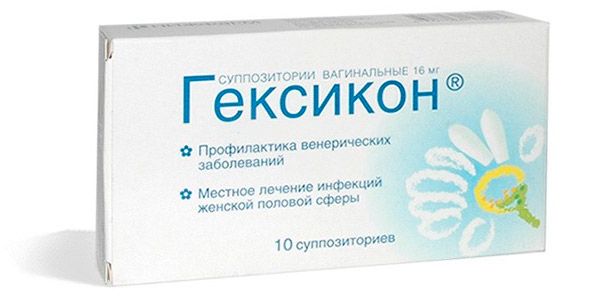
Betadine suppositories, made on the basis of iodine. Thanks to this element, this drug fights well against various microorganisms that cause discharge - fungi, viruses, bacteria.
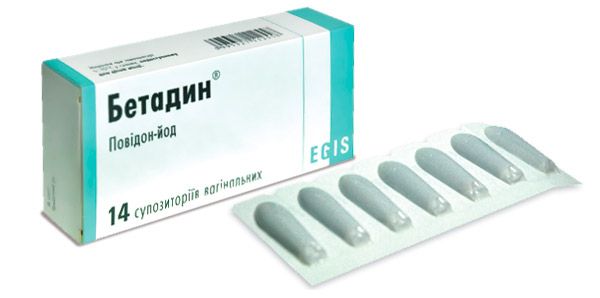
The drugs Metromicon-neo, Neo-penotran, Neo-penotran forte are used for local treatment of vaginitis of infectious origin.
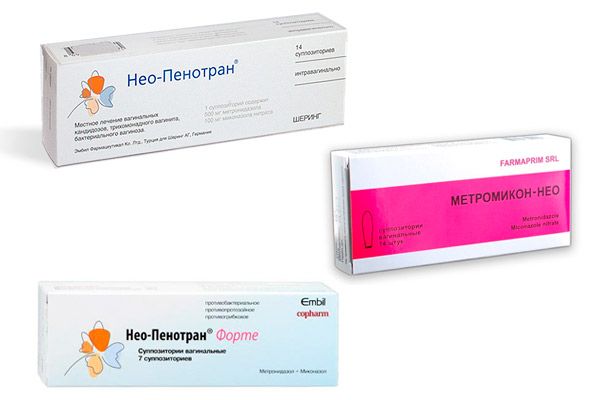
Genferon suppositories for discharge are used for trichomoniasis, thrush, and other gynecological infections. They are usually used in complex therapy.
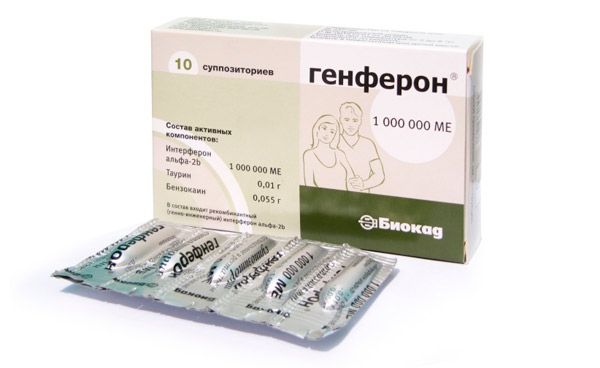
Vaginal suppositories for discharge
The effectiveness of treatment and prevention of vaginal diseases largely depend on the use of local medications, such as suppositories. These drugs can effectively eliminate pathogens without causing side effects.
When treating vaginal candidiasis (thrush), vaginal suppositories for discharge Livarol are often used. This is an antifungal agent with a wide range of effects. It effectively eliminates fungi that contribute to the development of thrush, as well as staphylococci and streptococci that appear with fungal infections.
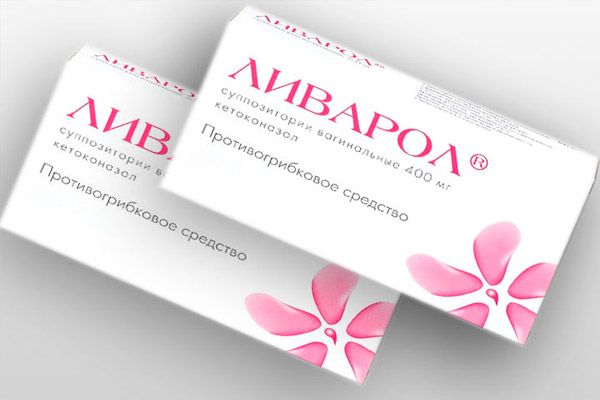
For vaginal discharge due to thrush or vaginitis, Isoconazole and Dalacin (clindamycin) suppositories are also effective.
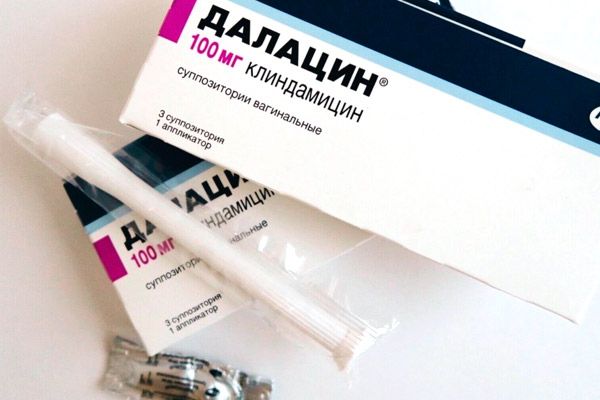
Candles for yellow discharge
If vaginal discharge has acquired a dirty gray or yellow color, contains pus and has an unpleasant odor, then most likely it is inflammation of the vagina, or colpitis, cervicitis (inflammation of the cervix). In addition, symptoms may include burning, itching, pain during intercourse and urination.
When yellow discharge appears due to non-specific flora (for example, E. coli), suppositories for discharge Terzhinan, Macmiror or Polygynax may be prescribed.
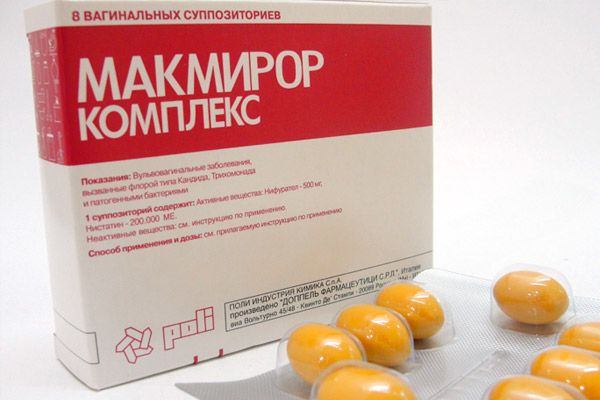
In case of bacterial vaginosis with yellow discharge, Klion D100 or Neo Penotran Forte suppositories help. These medications contain miconazole and metronidazole. The first eliminates thrush (it often accompanies bacterial vaginosis), and the second removes the pathogens of the underlying disease. In this case, treatment with suppositories lasts for 7-10 days.
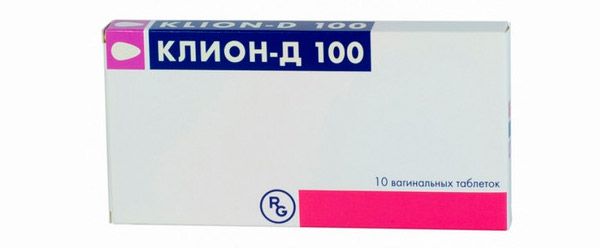
Suppositories for bloody and watery discharge
Bloody discharge may appear in case of menstrual cycle disorders, erosion or cancer of the cervix, due to endometriosis (adenomyosis).
Watery discharge that appears in very large quantities and does not stop, and also causes redness and burning, is a symptom of some inflammation. This could be adnexitis (inflammation of the uterine appendages), colpitis (inflammation of the vaginal mucosa) or endometritis (inflammation of the uterine mucosa).
In such cases, suppositories for discharge Suporon, which have a biostimulating, healing, anti-inflammatory effect, will be an effective remedy. They are used to treat cervical erosion, thrush, cervicitis, vaginitis, colpitis and endometritis.
The drug Depantol has a metabolic, restorative, antiseptic effect. It can be used to treat the above-mentioned diseases, in which bloody or watery discharge appears, as well as in ectopia.
Phytore suppositories are one of the most effective drugs for treating cervical erosion. They are made from natural elements (from medicinal herbs), so they have no contraindications.
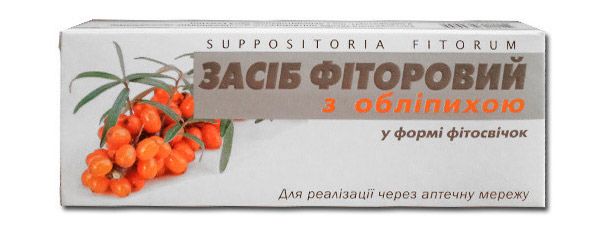
Suppositories for curdy discharge
Curdy vaginal discharge caused by Candida fungi is treated with antifungal medications. They work by binding to the elements of the fungal cell, embedding themselves in the membrane, thereby destroying its integrity.
In mild cases of the disease, suppositories for cheesy discharge are used as a local treatment. Preparations containing clotrimazole, nystatin, miconazole cope with thrush in 6-7 days. New generation suppositories (for example, Betadine, Pimafucin or Klion-D) are able to remove the fungus in 1-3 days.
If you are prone to dysbacteriosis, you should use suppositories that do not change the vaginal microflora. Among these are antifungal drugs like Gino-Daktanol. But the suppositories Polygynax and Terzhinan can disrupt the microflora and have some side effects, so they can only be used after consultation with a doctor and his permission.
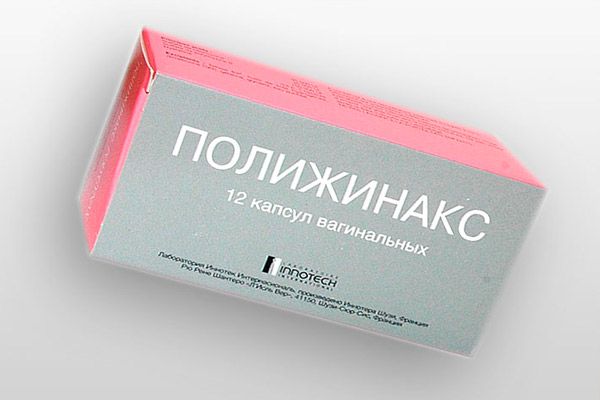
The characteristics of suppositories for discharge are considered using the example of the drugs Terzhinan and Dalacin.
Methods of using suppositories for discharge
Terzhinan suppositories are inserted deep into the vagina once a day for 10 days. Before inserting the suppository, it should be kept in water for about half a minute to soften it a little. It is recommended to perform the procedure in the evening (this time of day is considered optimal, since after the introduction of the drug, yellow discharge may appear after some time - this is a normal process when treating with Terzhinan), and if it is still performed during the day - after inserting the suppository, you must lie down for at least 10 minutes.
The duration of use of the drug may vary and depends on the reason for treatment.
If suppositories are used to stabilize the balance of vaginal microflora and eliminate manifestations of inflammation, this period can last 6-10 days (depending on the doctor's prescription and the clinical picture of the disease).
When treating thrush, the treatment course lasts longer - it can be 20 days. Three days after the end of treatment, you need to undergo a follow-up examination and take tests again. This is necessary to confirm recovery. If the treatment is ineffective, a repeat course may be prescribed.
The duration of treatment and dosage during pregnancy are prescribed by a doctor - they depend on the clinical picture of the disease.
Terzhinan suppositories for discharge are approved for use during menstruation.
Dalacin is inserted into the vagina once a day for 3 days. The procedure is recommended to be performed before bedtime. Suppositories are inserted with or without an applicator.
The drug Hexicon is used for 7-10 days - 1 suppository should be administered 1-2 times a day. In some cases, the course of treatment can be extended to 20 days.
Using suppositories for discharge during pregnancy
During pregnancy, women are very susceptible to various infections, as the hormonal background in the body changes. In this case, diseases often affect the genitals. It should be understood that if the inflammatory process is neglected and not treated in a timely manner, the infection can also affect the baby.
In this situation, you can only use those medications that will not have a negative effect on the fetus. You need to select drugs that will be effective and at the same time completely safe for the child.
Hexicon suppositories for discharge are one of the best options. They act locally, so they do not enter the bloodstream - thus, a negative impact on the baby and its development is completely excluded.
The drug Terzhinan has the same characteristics – it is not absorbed into the blood, so it can be prescribed for vaginal infections during pregnancy.
If thrush appears in the first trimester of pregnancy, Pimafucin can also be used.
Betadine should not be used starting from the 3rd month of pregnancy, as well as during breastfeeding. If treatment with this drug is necessary, it should be carried out under individual supervision of a doctor.
Contraindications for use
Suppositories for discharge are contraindicated in case of allergic reaction or hypersensitivity to the components of the drugs (Dalacin, for example, should not be prescribed if there is sensitivity to lincomycin and clindamycin). They are also not prescribed to girls under 16 years of age (the drug Terzhinan).
The drugs Metromicon-neo, Neo-penotran and Neo-penotran forte are not prescribed to children under 12 years of age, in the first trimester of pregnancy, in case of liver failure, low white blood cell count. They are also not recommended for use if there are microcirculation disorders, or if the woman suffers from diabetes.
Side effects
Suppositories for discharge usually do not cause side effects - since they are applied locally, their substances are very weakly absorbed into the circulatory system. Therefore, in such cases, usually only local manifestations are observed - an allergic reaction, tingling, burning, itching, irritation and pain at the site of insertion of the suppository.
Sometimes systemic effects may occur during treatment – for example, prednisolone may cause a slowdown in the healing of various wounds and cracks. Sometimes atrophic processes may occur in the vaginal mucosa.
In rare cases, side effects are possible:
- Urogenital system: pain in the vagina, irritation of the vaginal and vulvar mucosa, menstrual irregularities, thrush, pyelonephritis, dysuria;
- Gastrointestinal tract: nausea and vomiting, as well as diarrhea;
- Skin: itching and rashes on the skin, as well as pain and itching in the vagina;
- General: abdominal cramps and pain, nausea, headache and dizziness, fever, the appearance of a fungal infection, a change in taste sensations, the appearance of a metallic taste in the mouth.
Overdose and interactions with other drugs
Vaginal suppositories for discharge are almost not absorbed into the bloodstream, so there is no risk of overdose. In some cases, with a high dosage, side effects may increase.
There is no data on the clinical interaction of suppositories for discharge with other drugs.
Storage conditions and shelf life
Suppositories for discharge should be stored at a temperature not exceeding 25 °C in places closed from sunlight and children. They should also not be frozen.
The shelf life of vaginal suppositories is usually 3 years.
The most effective suppositories for female discharge
Suppositories for discharge have a local effect, due to which relief of the disease begins almost from the first day of treatment. In addition, local treatment blocks the process of spreading infection to the uterus and cervical canal. Vaginal suppositories treat the following types of pathogens:
- Viruses;
- Bacteria;
- Fungi;
- Protozoa.
The most effective suppositories for female discharge are capable of dealing with microbes that belong to several types of pathogens at once.
Attention!
To simplify the perception of information, this instruction for use of the drug "Vaginal discharge suppositories" translated and presented in a special form on the basis of the official instructions for medical use of the drug. Before use read the annotation that came directly to medicines.
Description provided for informational purposes and is not a guide to self-healing. The need for this drug, the purpose of the treatment regimen, methods and dose of the drug is determined solely by the attending physician. Self-medication is dangerous for your health.


 [
[